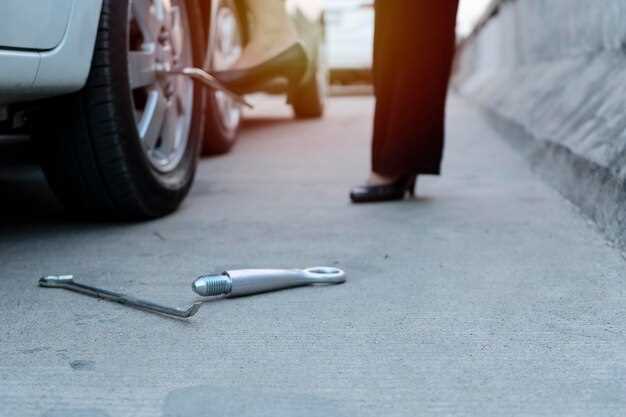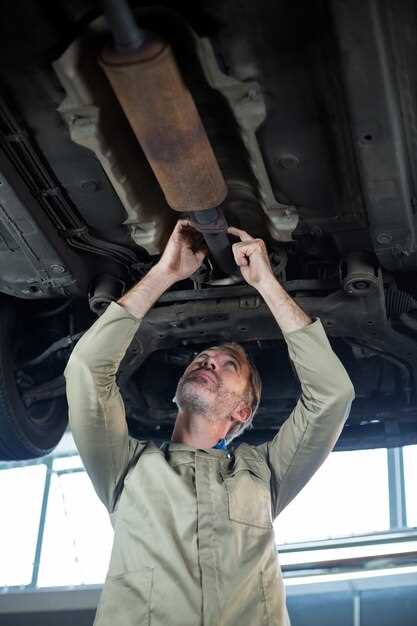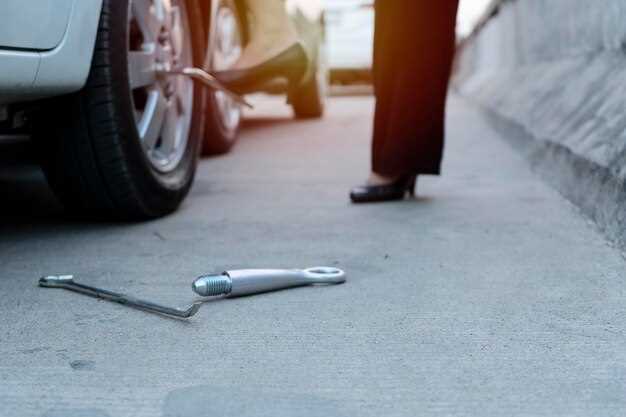
The driveshaft is a crucial component of your vehicle’s drivetrain, responsible for transmitting power from the engine to the wheels. Any damage to the driveshaft can lead to significant performance issues, making it essential for vehicle owners to know how to inspect this vital part. Regular checks can help you detect problems early and prevent costly repairs in the long run.
When assessing the condition of your driveshaft, it is important to be aware of the common signs of wear and damage. Inspections should involve looking for visible cracks, bends, or any unusual wear patterns. Furthermore, unusual noises during operation, such as clunking or grinding, may indicate that the driveshaft is experiencing issues due to deterioration or misalignment.
To effectively check your driveshaft, ensure the vehicle is securely lifted and supported. This will allow for a thorough examination of the driveshaft’s joints and universal joints, which play a crucial role in its functionality. A detailed inspection can help you identify problems before they escalate, keeping your drivetrain operating smoothly and efficiently.
Identifying Symptoms of a Damaged Driveshaft
When assessing the integrity of your vehicle’s drivetrain, recognizing the symptoms of a damaged driveshaft is crucial. One of the most common signs is a noticeable vibration during acceleration. If you feel a shudder or vibration that increases with speed, it may indicate improper alignment or balance of the driveshaft.
Another symptom to watch for is unusual noises. A clunking or grinding sound when shifting gears or during acceleration can point to issues within the driveshaft or its components. These sounds may become more pronounced when you make turns, suggesting wear or damage.
Additionally, inspect for fluid leaks near the driveshaft. Leaks can occur at the joints or seals, leading to lubrication loss and potential damage. If you notice pools of fluid, it’s essential to check further, as low lubricant levels can exacerbate existing problems.
Observing any changes in handling characteristics is also essential. If you experience difficulty steering, especially during turns or a loose feeling in the steering wheel, the driveshaft or associated components could be compromised. Furthermore, watch for any abnormal movement or wobbling of the vehicle, particularly when taking corners or during acceleration.
Regular checks and monitoring for these symptoms can prevent further damage to your drivetrain and ensure a smoother driving experience. If you suspect your driveshaft is damaged, it’s advisable to consult a professional mechanic for a thorough inspection and necessary repairs.
Step-by-Step Guide to Inspecting Your Driveshaft

Inspecting your driveshaft is essential for maintaining the overall health of your drivetrain. Follow these steps to check for any signs of damage or wear.
Step 1: Safety First
Before beginning your inspection, ensure that the vehicle is parked on a flat surface and the engine is turned off. Engage the parking brake and use wheel chocks for added safety. This prevents any accidental movements while you work under the vehicle.
Step 2: Visual Inspection
Begin with a visual examination of the driveshaft. Look for any noticeable dents, cracks, or corrosion on the shaft’s surface. Pay close attention to the universal joints and their rubber seals; any signs of leakage or physical damage can indicate issues in the drivetrain.
Step 3: Check for Play
Next, check for play in the driveshaft and universal joints. With the vehicle securely supported, grab the driveshaft and try to move it up and down, as well as side to side. Any excessive movement can indicate worn bearings or joints, requiring further investigation or even replacement.
Step 4: Inspect the Mounting Hardware
Examine the mounting hardware that secures the driveshaft to the vehicle. Ensure that all bolts and clamps are tight and free from rust or damage. Loose or corroded hardware can cause vibrations and affect the stability of the drivetrain.
Step 5: Listen for Noises
When the vehicle is in motion, pay attention to any unusual noises coming from the drivetrain area. Clunking or grinding sounds may suggest driveshaft issues. Consider having a professional mechanic assess the situation if you hear these noises regularly.
Step 6: Check the Balance
A properly balanced driveshaft is crucial for smooth operation. If you notice any vibrations while driving, there may be an imbalance. Use a specialized tool to check the balance, or consult with a technician for a more thorough evaluation if necessary.
Step 7: Professional Assessment
If your inspection reveals any signs of damage or if you’re unsure about the condition of your driveshaft, seeking a professional’s opinion is wise. A qualified mechanic can perform a thorough assessment and provide recommendations for repairs or replacements.
Regular checks of your driveshaft can help prevent more significant drivetrain issues down the road. Stay proactive about your vehicle’s maintenance to ensure optimal performance.
Determining When to Seek Professional Help for Driveshaft Issues

Understanding the condition of your driveshaft is crucial for maintaining an efficient drivetrain system. Regular checks can help identify minor issues before they escalate. However, there are specific signs that indicate it’s time to seek professional assistance.
If you notice vibrations while driving that weren’t present before, this could indicate a problem with the driveshaft. Unusual noises, such as clunking or grinding sounds when accelerating or decelerating, should not be ignored either. These could be signs of wear or damage that require expert evaluation.
Another critical indicator is if you experience difficulty in steering or notice misalignment, which can suggest that the driveshaft is not functioning correctly. Additionally, if you find fluid leaks near the driveshaft or differential, it’s essential to consult a professional. Leaks can lead to significant damage if not addressed promptly.
Finally, if you have recently undergone any major repairs or replacements related to the drivetrain, such as a transmission swap, it’s wise to have the driveshaft checked. Professional mechanics can perform thorough diagnostics to ensure everything is in proper working order. Taking these signs seriously can prevent further damage and maintain the integrity of your vehicle’s drivetrain.

